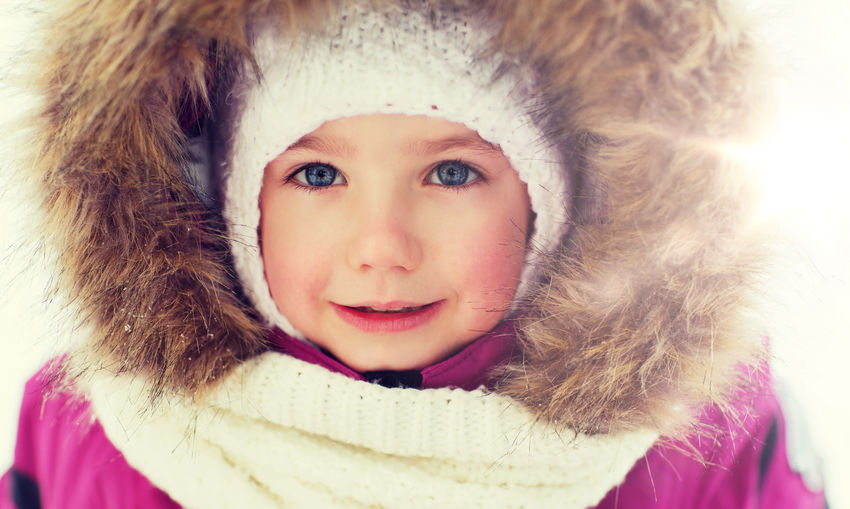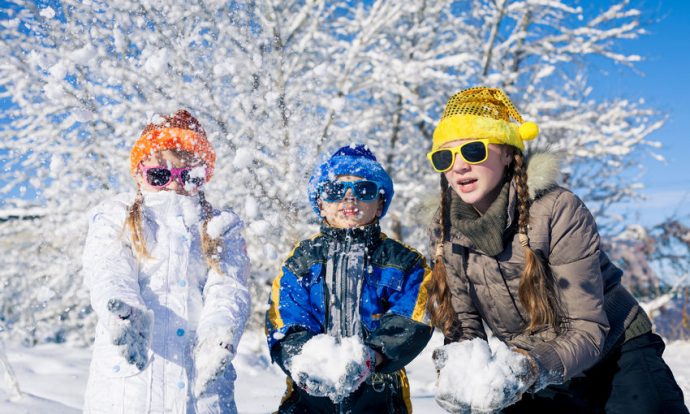If America’s brush with this recent polar vortex has taught us anything, it’s that you can never be too prepared for unusual weather, even in the winter months. Being prepared with supplies, being dressed appropriately for the conditions outside, and limiting outdoor time when the weather becomes too dangerous are all important practices to keep in mind. But what should parents with young children do when the cold becomes a challenge? Active play time is absolutely vital: in fact, doctors recommend that kids get about 60 minutes a day minimum of rigorous physical activity to stay strong, promote muscle development, and maintain a healthy weight. So, when Jack Frost comes knocking, how do you keep your kids active? How cold is too cold for kids to play outside?
First, it’s important to pay attention to the numbers. Experts agree that there is absolutely an unsafe threshold when it comes to outdoor temperatures, and so knowing what to expect as temperatures drop is critical. Focus on wind-chill, not on temperature exclusively. It might be 40 degrees outside if you’re looking only at the temperature, but wind-chill could be driving that temperature down to an actual 25 degrees (an unsafe temperature for sustained play outside). If wind-chill is at or above 32 degrees, experts generally agree that it is okay for kids to be playing outside. Below 32 degrees, your kids can still enjoy outdoors time, but it is recommended that they take quick breaks to return inside and warm up every twenty to thirty minutes.

If wind-chill drives temperatures below 13 degrees, keep your kids indoors. At these temperatures, hypothermia can set in quickly. Even if temperatures are at or above a safe 32 degrees, you should always keep attuned to your child’s behaviors and physical appearance. Early signs of hypothermia include shivering, fatigue, loss of coordination, and confusion or disorientation. If your child begins to exhibit any one of these signs, they need to be brought inside and warmed up immediately.
No matter the temperature, you can ensure kids stay safe and have fun outside by making sure everyone has dressed appropriately. Wearing multiple layers of loose-fitting, light clothing is preferable to one or two single layers: air trapped between multiple layers will insulate the body better than one or two single layers (even if they’re very thick). For play in the snow, a waterproof outer layer and waterproof gloves and boots are an absolute must. Keeping your child dry is vital: wet clothes cool and freeze at an alarming rate. Finally, make sure children are wearing hats and scarves that protect the ears. For younger children, a scarf wrapped around the head and neck leaving only the face exposed is recommended. Check on the temperature of kids’ hands and faces regularly: if they’re very red or overly chilled, your child might need more coverage, or to come in and warm up.
And have fun! Cold, snowy weather is not an outdoor play deterrent, and in fact, can offer kids great fun and lasting memories. Just keep kids dressed appropriately, check in with them regularly, and be mindful of the temperature.




